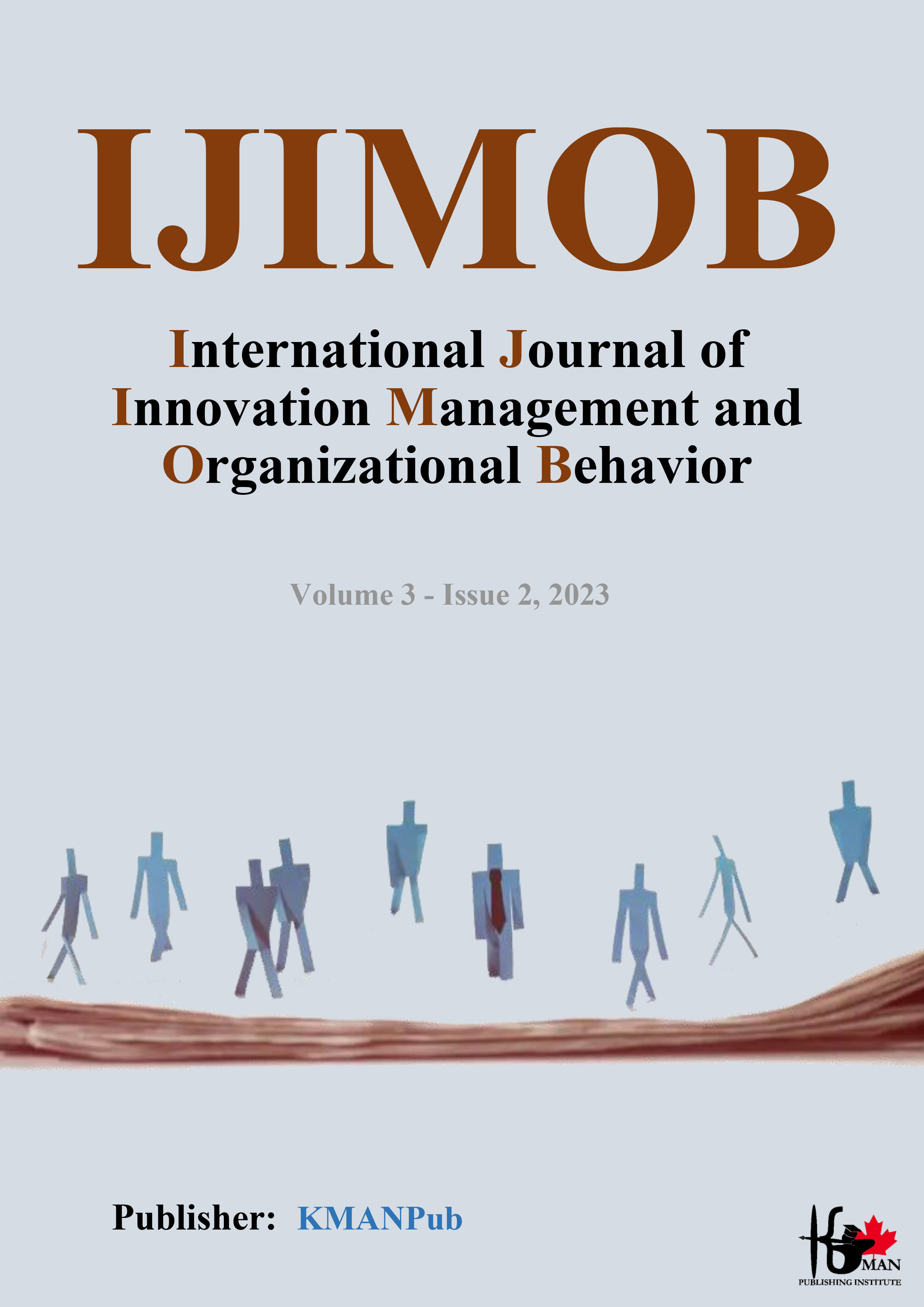Presentation of a Model of Situational Influencing Factors on Consumer Behavior in Shopping Centers
Keywords:
Situational influencing factors, consumer behavior, shopping centers, KishAbstract
Objective: The primary aim of this article is to present a model of situational influencing factors on consumer behavior in shopping centers.
Methodology: The research method used is a mixed (qualitative-quantitative) approach. In addition to documentary study, the grounded theory method has been employed to identify effective situational factors influencing consumer behavior in shopping centers. The population for this study included all academic experts, faculty members, managers, and professionals familiar with situational influencing factors on consumer behavior in shopping centers until theoretical saturation was achieved with 15 interviews. All interviews lasted between 45 to 75 minutes. Semi-structured interviews with experts were conducted in 2022 using a questionnaire with 164 indicators, 27 components, and 8 dimensions, which were eventually placed in a paradigm model with 6 variables. To determine the current status of dimensions, a one-sample t-test was used, and for designing the model, the structural equation method was applied. In the current situation, the behavioral interactions dimension with a t-value of 3.61 is in a better state compared to other dimensions. Finally, for the model's validation, the Strauss and Corbin method with four dimensions (understanding, adaptation, generalization, control) was evaluated and endorsed by experts.
Findings: In the first phase of this research, semi-structured interviews were used to identify dimensions, components, and indicators of consumer behavior, resulting in 164 indicators for 8 dimensions and 27 components, and eventually for the cultural-social dimension 2 components, individual and psychological factors 5 components, behavioral interactions 3 components, decision to purchase 1 component, and for the marketing mix dimension 5 components, environmental factors 7 components, managerial capabilities 2 components, and for the purchasing behavior dimension 2 components were identified.
Conclusion: In this study, we accept scientific findings and models designed in the Western context, while respecting the findings of these researchers, solely because the origin of these theories is consumer behavior in the cultural context of those countries, not based on education with Iranian and indigenous culture. Therefore, we have added elements that bring these theories closer to indigenous culture where applicable.
Downloads
Downloads
Additional Files
Published
Submitted
Revised
Accepted
Issue
Section
License
Copyright (c) 2023 Ehsan Salimpour, Darioush Jamshidi, Alireza Rousta (Author)

This work is licensed under a Creative Commons Attribution-NonCommercial 4.0 International License.
















